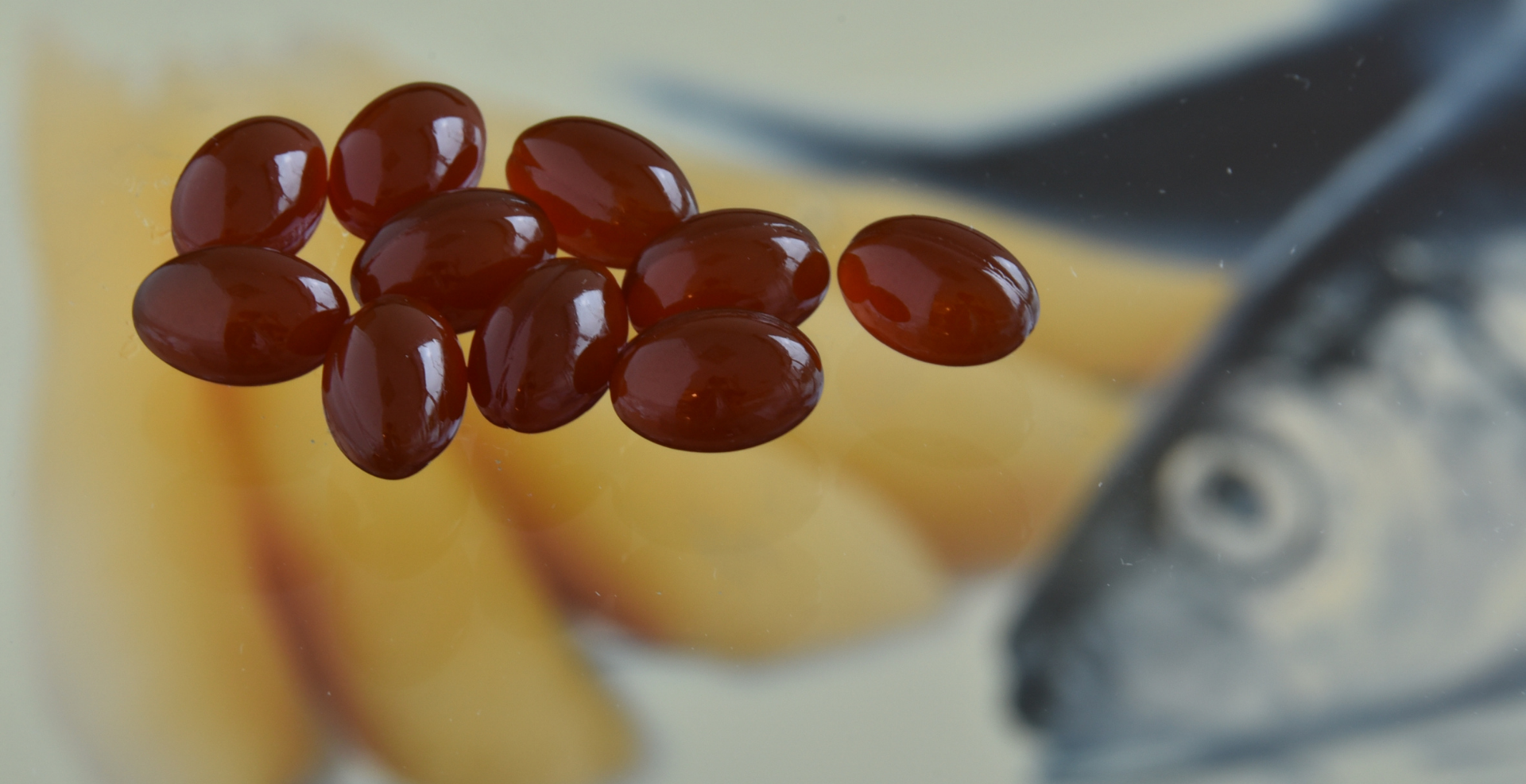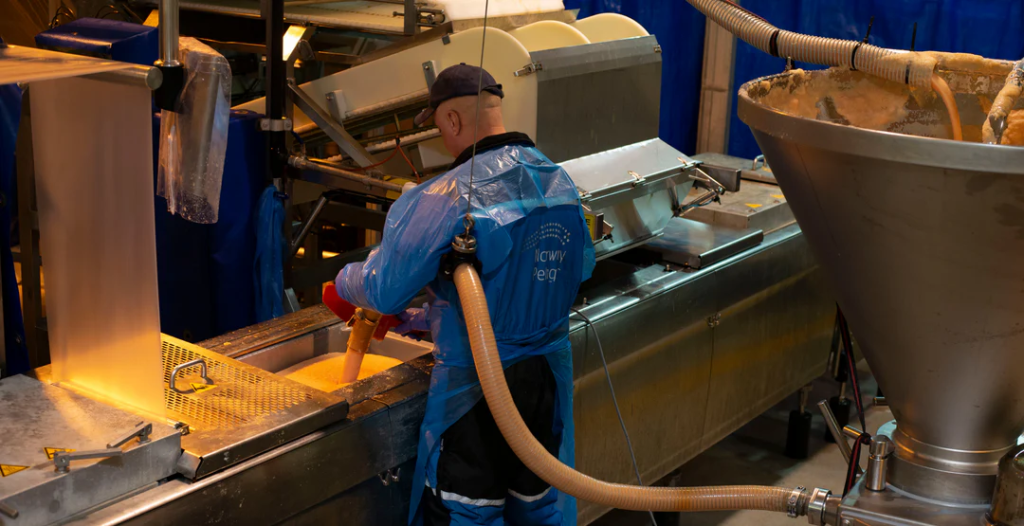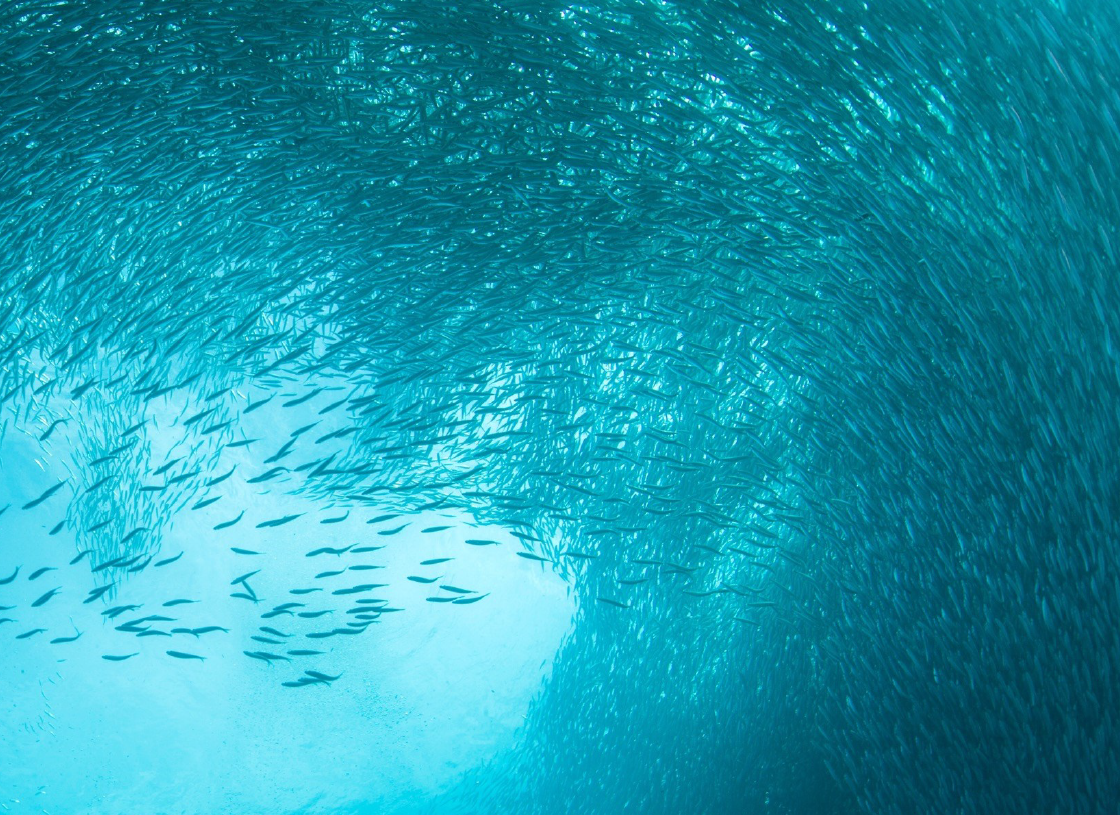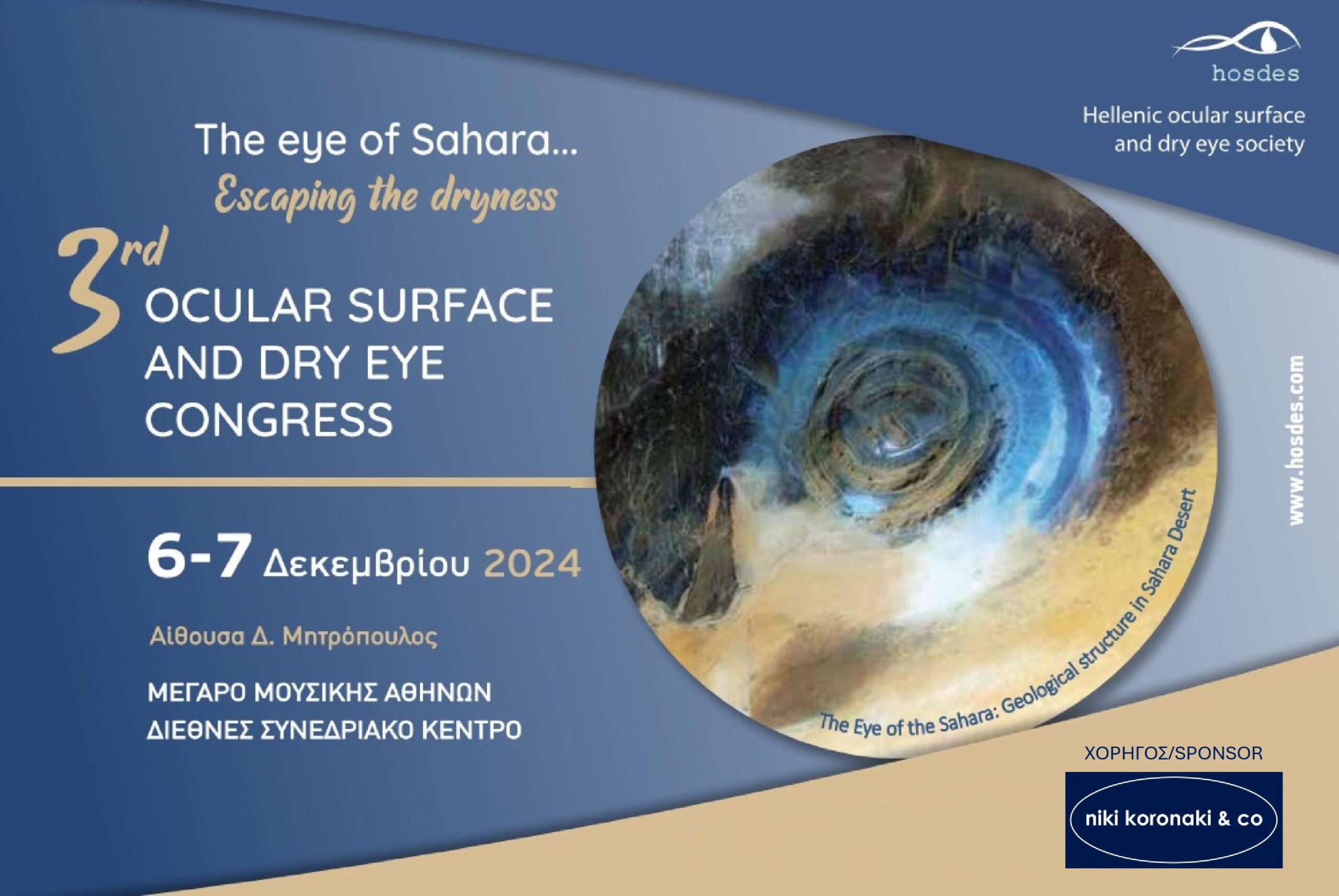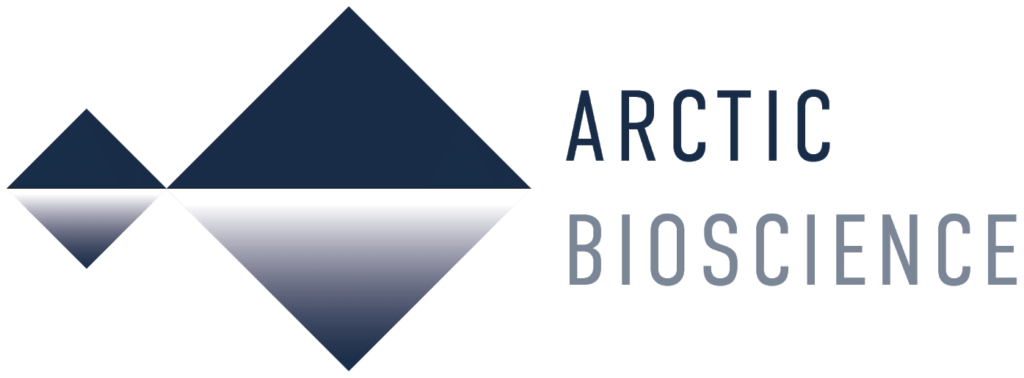Norwegian spring-spawning herring, the world’s largest herring stock, lay a blanket of roe on the seabed off the Møre coast every year in February. The weight of roe is three times the combined weight of Norway’s entire population. Here you can read the history of this wonderful raw material.
A migratory species of fish
While the ocean current flows like a giant river north along the coast, herring larvae are transported far into the Barents Sea. Here the herring larvae grow into small herring. When the herring is 3–4 years old, it swims westward down the coast. The herring can live up to 25 years and reach a size of 40 cm.
Herring are important in several ecosystems
The herring is of great importance to the ecosystems along the coast, in the Norwegian Sea and in the Barents Sea. Herring can act in huge shoals of up to 500 million individuals. It is a mighty spectacle!
Herring feed on redbait, and are themselves an important food resource for predatory fish such as cod, pollock and other demersal fish, in addition to whales. Large schools of killer whales follow the herring on their migrations, and many other species of fish come to feed on herring eggs and larvae. Fry and adult herring are also food for the seabirds. The herring is food for others all its life, and only a tiny part of the egg becomes an adult fish.

Enormous quantities of herring along the Norwegian coast
Due to the rich deposits of herring with the intrusion of huge shoals near our coast, it has been relatively easy to catch large numbers. Herring fishing has for long periods been the most important Norwegian fishery, and has had great importance for the economy and food supply in our country.
From the mid-1960s, overfishing led to quota-regulated catching of herring, and by 1970 practically the entire spawning population was gone. The collapse was due to a combination of overfishing and natural fluctuations. New knowledge and strict regulations made it possible to build up the herring population. Today, the population of Norwegian spring-spawning herring is well monitored, precisely to ensure a large and sustainable population.
Herring from sustainable fisheries
The fisheries for herring are certified by MSC (Marine Stewardship Council), an international “non-profit” organization established to ensure sustainable fisheries.
In Romega, we use roe from the fishery that takes place in winter during the spawning season along the Norwegian coast. When filleting herring, the roe, which is considered a residual raw material, can be used. Only modest quantities are used for human consumption today.

What makes herring roe so special, you might think?
Herring roe contains the starter pack for new life, which is exactly why this is a fantastic raw material. Herring roe is very nutritious with a high protein and fat content, and it contains all the nutrients, vitamins and minerals that the herring needs to develop precisely.
Around 60% of the fat in herring roe is in the form of omega-3 bound phospholipids. The main part of the fat that we get through the foods we eat is triglycerides. Romega differs from several other omega-3 products on the market with its content of phospholipids.
The main raw material in Romega
The nutrients in herring roe can be useful, not only for the herring larvae that will become adult fish, but also for many other animals in addition to us humans. In Romega, many of these nutrients have been preserved in the process from roe to capsule.
What a unique resource nature offers us, and that right outside our living room window. It is not without reason that we are very proud that roe is the main raw material in Romega.
